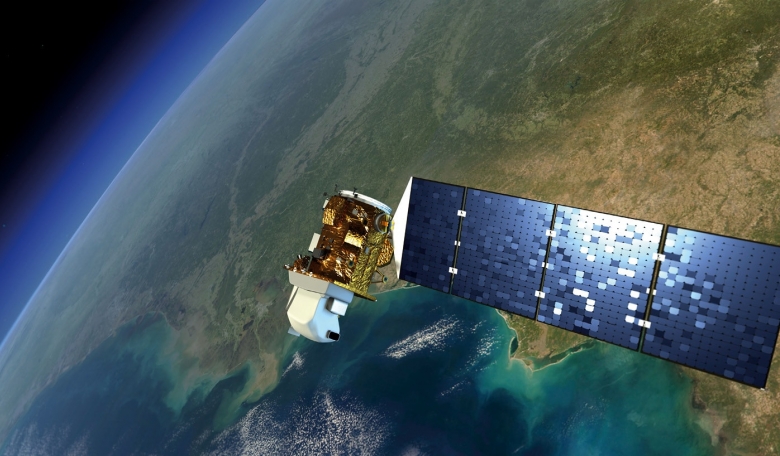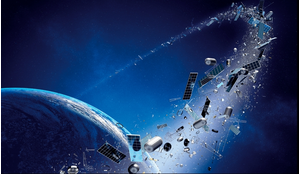Satellite technology is now an indispensable part of everyday life. As well as contributing to global socio-economic development and connecting people across a globalised civilisation, it is being used by states and non-state actors to address a range of global issues including preserving the environment, monitoring climate change, protecting biodiversity, enabling education, managing the weather, providing telemedicine services and managing agricultural activities. Satellite technologies, particularly in the context of the International Charter on Space and Major Disasters, also have an important role to play in disaster management and in supporting work to contain the spread of pandemics, including Covid-19.
The use of satellite technologies in disaster management has been critical in timely allocation, assessment, containment and risk mitigation. The International Charter on Space and Major Disasters (the Charter), agreed in 2000, was the first international framework on the application of satellite remote sensing in the management of disasters. It created a humanitarian collaborative framework to enable the free use of satellite data to rapidly respond to disasters. In addition to its member space agencies, national and regional disaster monitoring organisations also support the Charter’s efforts as co-operating bodies, and benefit from the wide distribution of data facilitated by the Charter allowing them to provide proactive and urgent support following a major disaster.
The Charter is activated by an “authorised user” – typically a representative of a national civil protection, rescue or security organisation – but to ensure timely action, the United Nations Office for Outer Space Affairs (UNOOSA) and the United Nations Institute for Training and Research (UNOSAT) are also authorised to activate the Charter upon large-scale disasters. Since 2012, the Charter has adopted the international ‘universal access’ principle, and thus it was opened for membership to any disaster management authority.
The primary condition of the Charter’s activation revolves around the significant impact of a disaster of natural or technological origin and its consequences on the environment, lives or infrastructure. It is important to note that it can be activated up to 10 days after the onset of such an event or situation.














